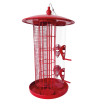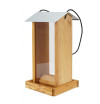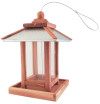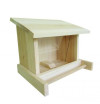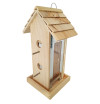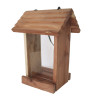
Attracting robins to your garden: eco-friendly benefits and tips
The robin (Erithacus rubecula) is a small, charismatic bird, often associated with winter and the holiday season. But did you know that this little bird can bring many benefits to your garden throughout the year? In this article, we will explain why it is essential to attract the robin to your garden and how to do it in an ecological and sustainable way.
The benefits of robins in your garden
A valuable auxiliary for the gardener:
The robin is an ally of choice for gardeners. It feeds mainly on insects, larvae, earthworms and spiders, helping to regulate pest populations. By attracting robins to your garden, you get great help in fighting pests without using chemical pesticides.
A pollinating bird
Although robins are not as effective pollinators as bees or butterflies, they still contribute to the pollination of some flowers when feeding on their nectar. By promoting the presence of the robin, you participate indirectly in the biodiversity of your garden.
A show for the eyes and ears
The robin is a bird with colorful plumage and melodious song. Its presence in your garden brings a touch of cheerfulness and animation, especially in winter, when nature seems asleep. You will enjoy a soothing and pleasant environment throughout the year.
How to attract robins to your garden
Provide rest and nesting areas
To attract the robin, it is important to offer suitable resting and nesting areas. Arrange nest boxes specially designed for robins, with a side opening rather than a hole. Place them in quiet, sheltered places, at a height of about 1.5 meters above the ground.
Offer food
To encourage the robin to visit your garden, offer varied and regular food sources. You can opt for feeders containing mealworms, dried insects or bread crumbs. Don't forget to provide fresh water for drinking and swimming.
Cultivate a diverse garden
A garden rich in biodiversity will naturally attract the robin. Plant different species of flowers, shrubs and trees to provide a favorable habitat for the insects that this bird feeds on. Also consider conserving wilderness areas, with piles of fallen leaves, branches, and logs, that provide an ideal haven for wildlife.
Avoid pesticides and herbicides
The use of chemical pesticides and herbicides can be harmful to robins and other animals that depend on a healthy ecosystem to survive. By avoiding these products, you will promote a more wildlife-friendly environment and encourage the presence of robins in your garden.
Create water points
Install a drinker or small pond
Robins need water for drinking and bathing. By installing a drinking trough or small pond in your garden, you will offer these birds an essential source of water for their survival. Be sure to clean water points regularly to prevent the spread of disease.
Creating a suitable bathing area
Robins prefer to bathe in shallow spaces, with slightly sloping ground. You can arrange a suitable bathing area by placing a few flat stones in a drinking trough or pool. This will allow the birds to stand at the water's edge and bathe in it safely.
Keeping birds safe
Birds, including robins, are vulnerable to predators when bathing or drinking. Place water points at a reasonable distance from bushes or trees to prevent cats or other predators from surprising them. You can also install a wire mesh or protective net around the drinkers to protect them.
Encouraging biodiversity
Practice organic gardening
Organic gardening is about moving away from chemical pesticides and fertilizers in favor of natural methods to promote plant and animal health. By taking this approach, you will help create a healthy and attractive environment for robins and other wildlife.
Install insect hotels
Insect hotels are structures specifically designed to provide shelter for beneficial insects, such as solitary bees, ladybugs and lacewings. By installing one or more insect hotels in your garden, you will promote the presence of beneficial insects for pollination and the regulation of pest populations, thus attracting robins.
Planting native hedges and shrubs
Native hedgerows and shrubs provide a food source and shelter for many bird species, including robins. By planting local varieties, you will contribute to the biodiversity and health of your garden.
Caring for the robin in winter
Feed regularly
Winter is a critical time for the robin, which struggles to find food because of the frozen ground. Be sure to provide regular and abundant food sources, especially dried insects, mealworms and bread crumbs.
Protecting water points
Water is essential for the survival of birds in winter. Make sure that water points in your garden, such as drinking troughs or ponds, do not freeze. You can use a pond water heater or just break the ice every day.
Conclusion
The presence of a robin in a garden is a concrete example of how human beings and nature can coexist and help each other harmoniously. By creating an environment conducive to wildlife, gardeners not only promote biodiversity, but also contribute to a balanced and healthy ecosystem.
Attracting robins and other wildlife to a garden also highlights the importance of environmental awareness and responsibility. By adopting ecological and sustainable gardening practices, gardeners can reduce their impact on the environment and promote wildlife conservation and biodiversity.
Finally, observing and interacting with nature, such as attracting and observing robins, can have beneficial effects on our mental and emotional well-being. Nature has a calming and restorative power, and by creating a space where wildlife can thrive, we not only help protect our environment, but also improve our quality of life.
In short, attracting robins and other animals to our gardens is an approach that encompasses both the protection of nature and the well-being of human beings. It reminds us of the importance of taking care of our environment and living in harmony with the wildlife around us.
Share this content

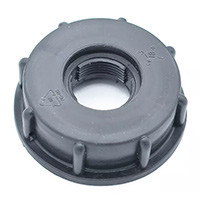



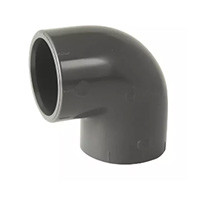

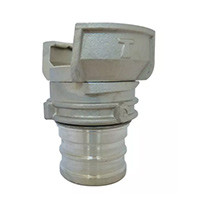
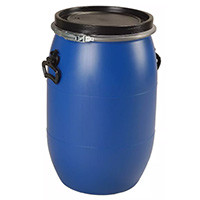
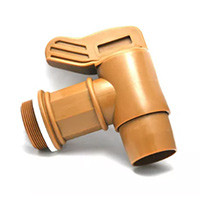





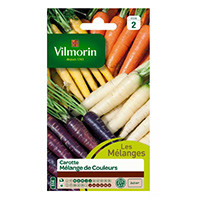



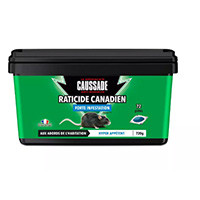


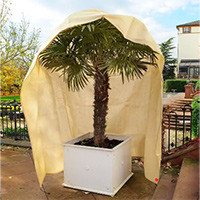


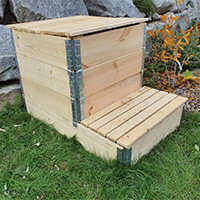
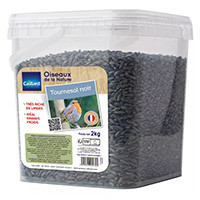
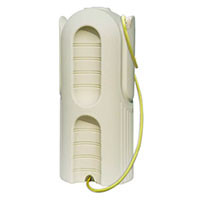
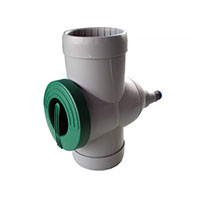

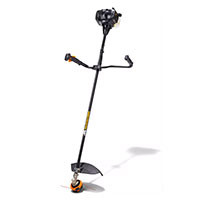

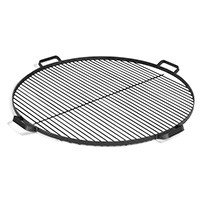

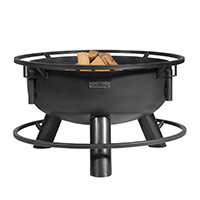
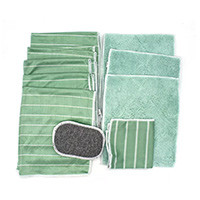
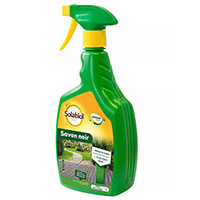
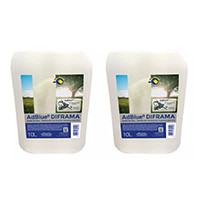
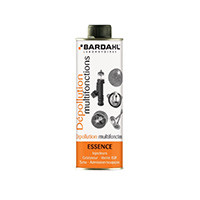




















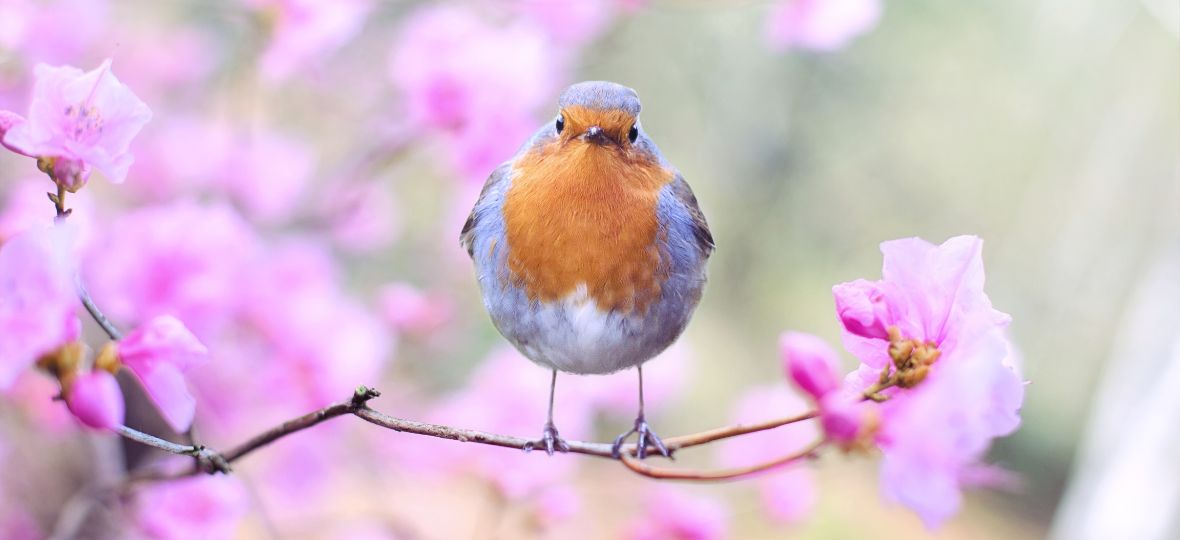
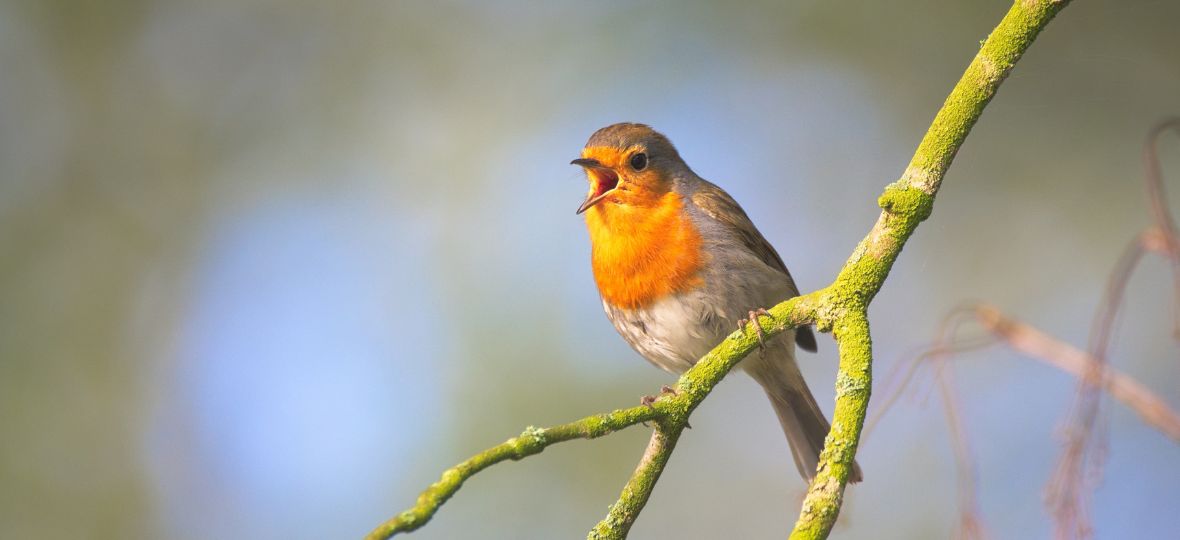
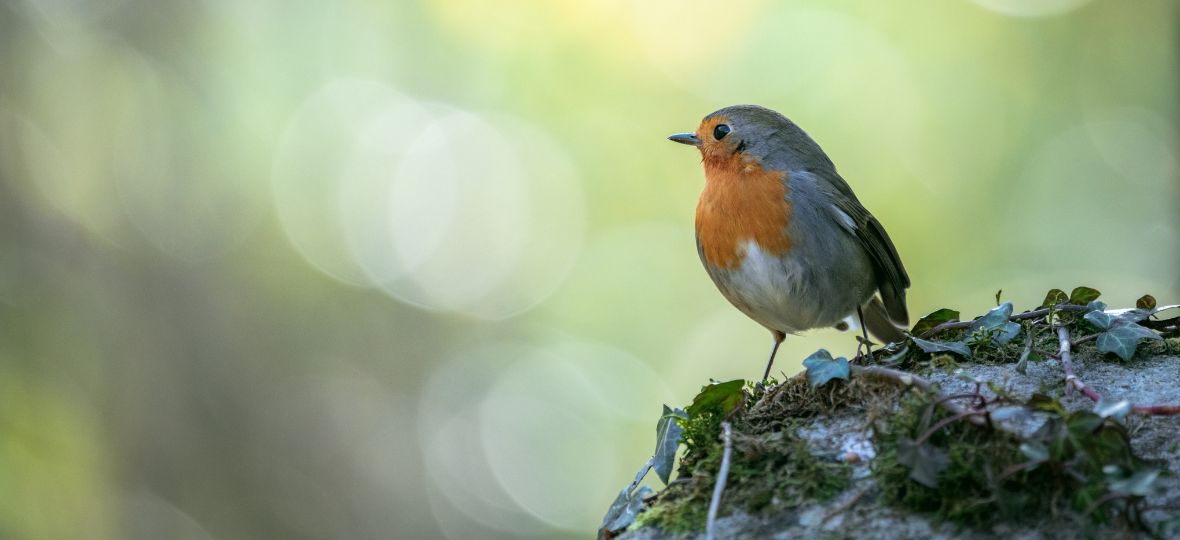
.jpg)
.jpg)

